Sowing
Sow in either October/November or January/March (later sowing is not recommended). Chip the seed by removing a very tiny portion of the seed coat opposite the eye (soaking is not recommended). Place in good quality compost 1"”deep and water in with a fine rose. DO NOT water again until germination has taken place. Put the containers in a cold frame or unheated greenhouse or somewhere light and cool. The temperature should not be below 7c (45F) or exceed 15c (60F). Jan/Feb sowings, an unheated room indoors or a gently heated greenhouse should be used for germination (7c (45F) to 15c (60F) max). As soon as the plants begin to show, tranfer to a cold greenhouse / coldframe to grow on in cooler conditions.
Potting On
It is recommended that seedlings be potted on individually. This should be done before the leaves have begun to open. Carefully transplant into deep pots and grow the plants on under cool conditions giving as much ventilation as the weather will allow.
Stopping
It is essential to remove the growing tip once two pairs of leaves have appeared in order to encourage strong side growth.
Ground Preparation
Prepare ground thoroughly and incorporate as much well rotted manure or organic matter as possible. Cheque the pH level which should not be below 6.5. If it is below this add a dressing of lime to the ground.
Planting Out
For Autumn sown plants it is normal to plant mid to late March and for Spring plants early to mid April. Remove from container and plant to a slighter deeper level about 15cm (6”) apart.
Support
Support is required and this can be wigwam, bean nets, trellis etc. Whatever is used the height should be no less than six feet.
Growing On
For good quality blooms remove all side shoots and tendrils regularly. Cut flowers when open to encourage more to grow. During the flowering period regularly feed with a balanced liquid feed.
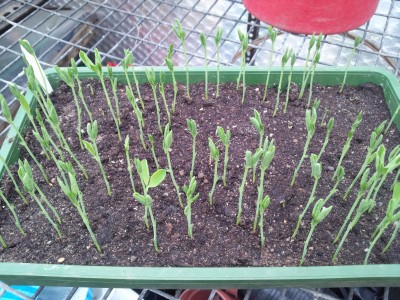 Germination stage 1 |
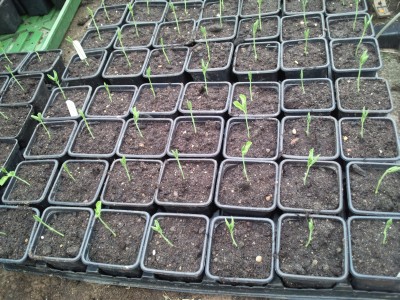 Germination stage 2 |
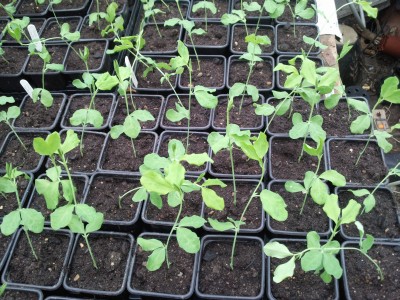 Germination stage 3 |
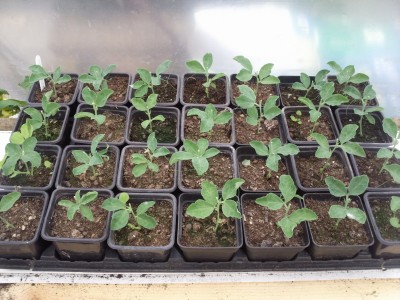 Germination stage 4 |
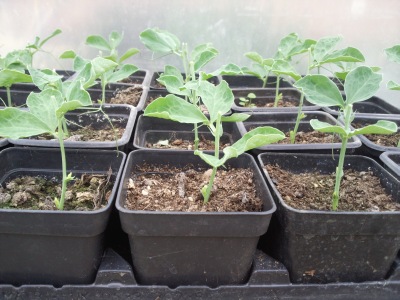 Germination stage 5 |


